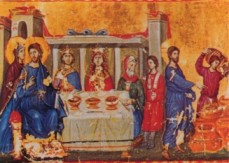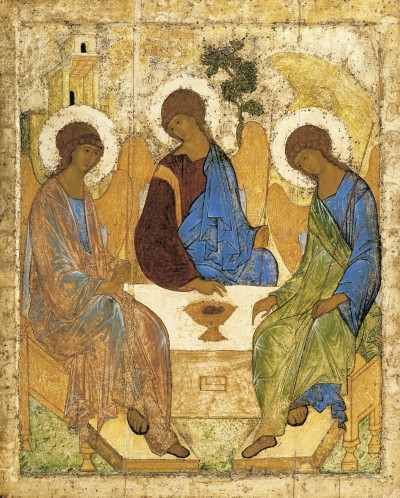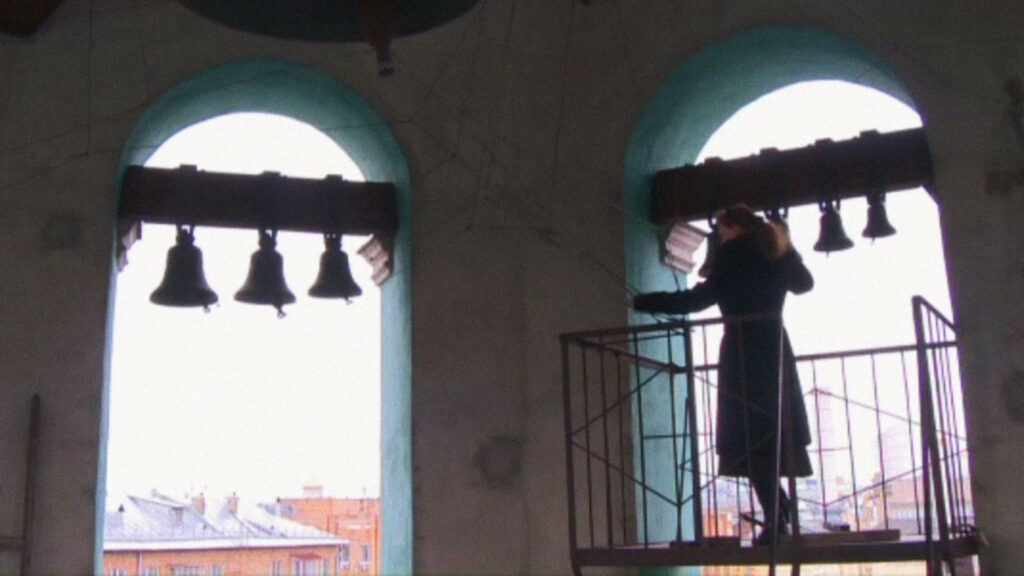The Xenodochia (lat. xenodochium, from the greek xenodocheion from xéno, guest, stranger, and dòcheỉon, receptacle, from dèchomai riceive ) was an accommodation when traveling in the Middle Ages, used as a free hospice for pilgrims and strangers. It was placed on the path of a route of pilgrimage, e.g. the Camino de Santiago de Compostela and the Via Francigena, and was run by monks which offered shelter and food.

You could say it was a real meeting point for pilgrims and travelers coming from various parts of Europe; the Xenodochia became a place where it was possible to exchange experiences of life, therefore it was a real cultural center sui generis, a meeting of cultures in the Middle Ages, even if cultural differences were probably less pronounced than in the globalized world. It would not be out of place in this Xenodochia, to see guests stopping and resting in the shadow of the Icon of the Trinity, also known as Icon Xenophile, or love for the guest, the stranger
This is basically the idea behind the website, a place of acceptance, simple and disinterested, attentive to the many qualitative contributions of students and teachers, to the world of culture and art, to the central issue in contemporary culture: the man (man and woman), the person, the pilgrim, viator,the search for beauty and splendor of the human culture … the discovery of the creative man in his freedom … in the Image and Likeness of God.

According to the evangelical image of being neighbor, walk together and spend time narrating the meetings, readings, writings, research university, theology, culture … an Anthropological mission, a doxological mission to recognize ourself together on a road toward our common Future. On this street gets a lot of light the word evangelization.
The website is organized following the titles and the contents of the courses and seminars of anthropological topic in general: theology, culture, mission, evangelization, pastoral, ecclesiology … art. Moreover, there are areas regarding broad themes relevant to the anthropological field and the evangelization process.
Campane d’Europa

Campane d’Europa (Bells of Europe) è un documentario del 2012, nato da un’idea di Germano Marani, diretto da Carlos M. Casas e musicato da Arvo Pärt, visionabile gratuitamente su RaiPlay.
I rapporti fra cristianesimo e cultura europea, attraverso una serie di interviste originali con le maggiori personalità religiose cristiane: il Papa Emerito Benedetto XVI, il Patriarca ecumenico Bartolomeo I, il Patriarca di Mosca Kirill, l’arcivescovo di Canterbury Rowan Williams, l’ex Presidente della federazione delle Chiese Evangeliche in Germania Huber e personalità della politica e della cultura, tra cui il presidente emerito della Repubblica Italiana Giorgio Napolitano.
Attraverso il suono delle campane, il documentario punta a guidare lo spettatore attraverso la varietà religiosa e civile del continente e a fornire una chiave di lettura della sua complessità.